- Home
- About
- Vegetable Seed
- Herb Seed
- Flower Seed
- Farm Seed
- Supplies
- Andrews Merch
- Garden CenterLearn More
DAVID AUSTIN ROSES
All David Austin® roses have a collective style and reflect one man’s vision. All have beautiful blooms and in most cases wonderful fragrance held on graceful attractive shrubs.
PLANT LISTS
Learn more about the varieties we sell.
- Contact
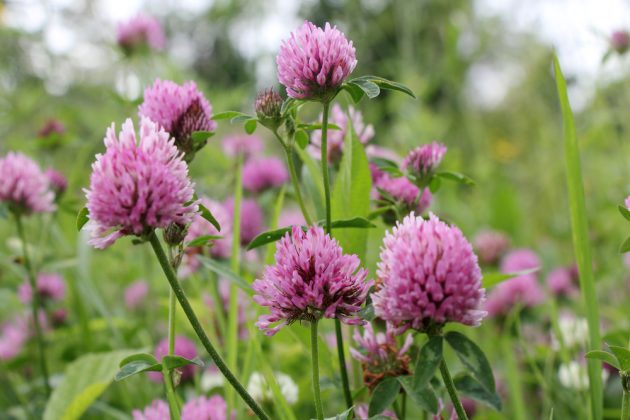

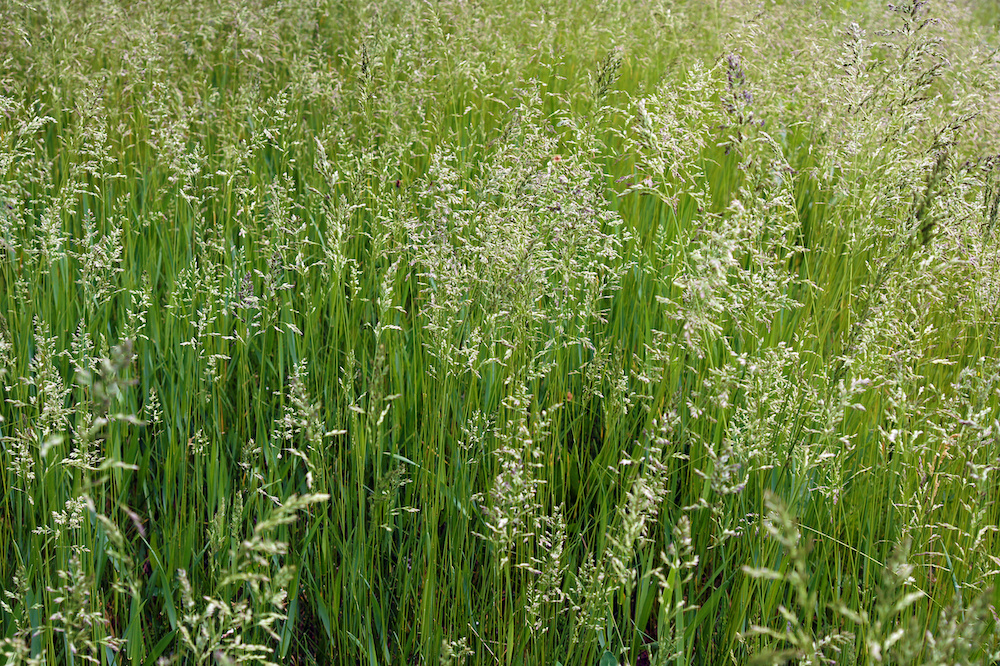
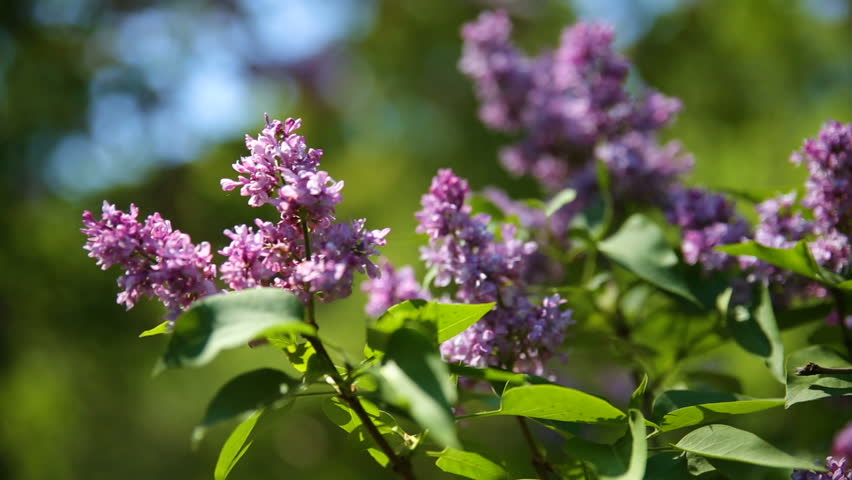
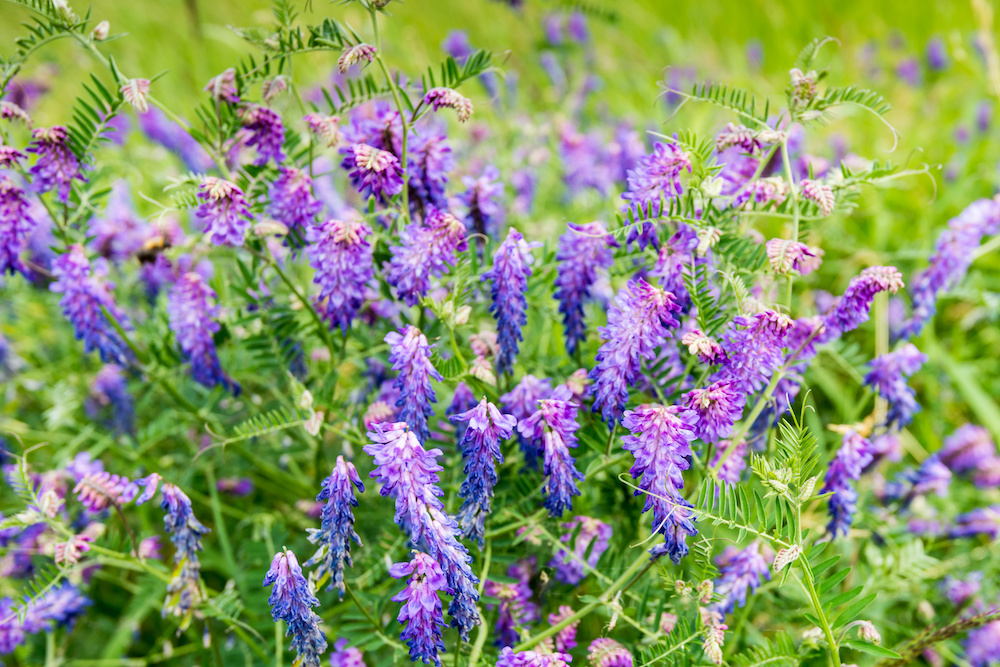
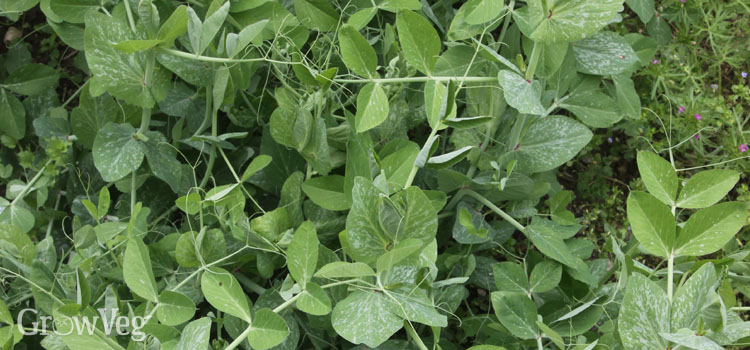
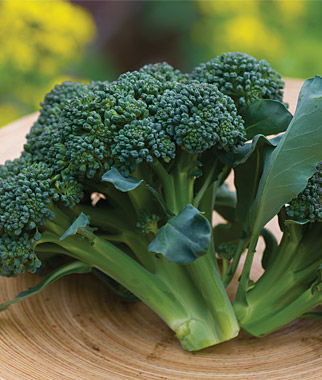
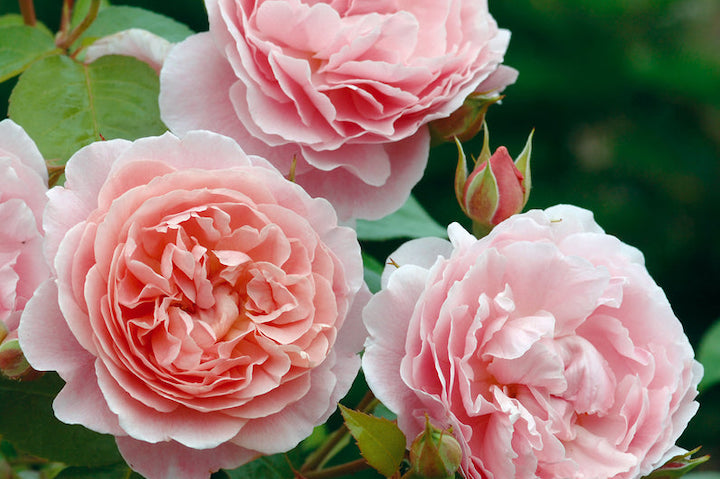
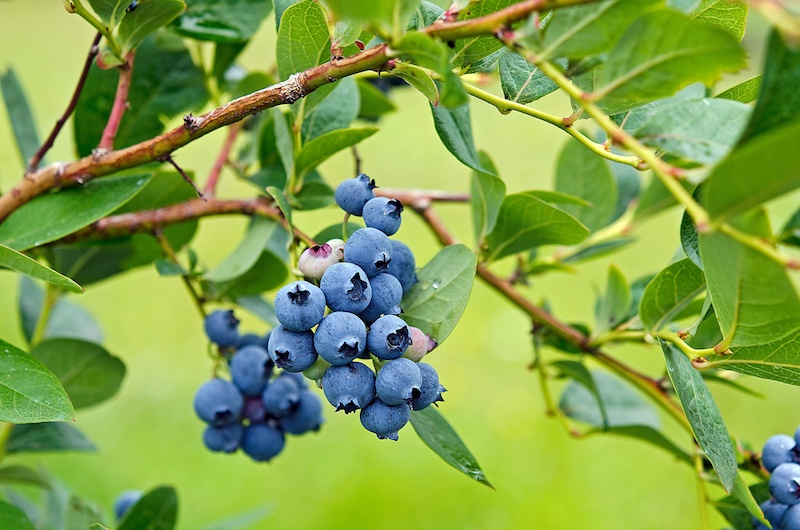
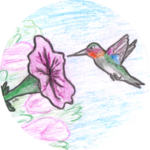 Care Guides
Care Guides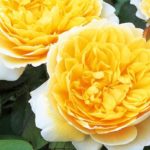 David Austin Roses
David Austin Roses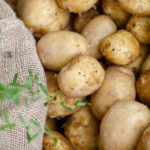 Plant Lists
Plant Lists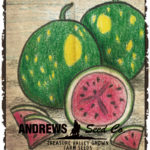 Bulk Seed List
Bulk Seed List